6 Trends That are Emerging in Higher Education Technology
byAmelia Pang and published by EdTechMagazine.com
Earlier this year, EDUCAUSE released the teaching and learning edition of its “ 2021 EDUCAUSE Horizon Report.” Informed by interviews with higher education leaders across the globe, the report explores key trends, technologies and practices shaping the future of higher education.
These technology trends hold the potential to address complicated problems, such as equity and inclusion, feasibility and acceptance among faculty and staff, and the level of funding that institutions need for adoption.
Here’s a look at what those trends are, and how some universities are already taking advantage of these technologies.
1. The Growth of Artificial Intelligence in Higher Ed
With AI research and development increasing at a rapid pace during the pandemic, fears of another “AI winter” seem unfounded at this point. Stanford University’s “Artificial Intelligence Index Report 2021” shows that natural language processing research has leapfrogged so fast that “technical advances have started to outpace the benchmarks to test for them.”
AI is appearing seemingly everywhere in higher education — such as management systems, proctoring, grading, student information systems, library services and disability support.
AI matters for higher education business continuity because the next generation of students (the children of millennials) will be accustomed to experiencing AI technologies in almost every facet of their lives. This may require universities and colleges to rethink curriculums in a way that supports this cohort, also known as “Generation AI.”
DIVE DEEPER: Take a look at higher ed’s increasingly nuanced, AI-powered chatbots.
The University of British Columbia is already using an AI-enabled avatar that delivers natural responses to students. The program is a part of a language learning application called Language Chatsim, where students practice speaking with an avatar in a virtual environment.
Meanwhile, The Pennsylvania State University uses natural learning processes to analyze transcripts of classes. This way, educators can use data points to find patterns that can inform their teaching.
2. Actualizing the Potential of Data Analytics to Improve Education
Universities and colleges are collecting troves of data. However, not many educators know how to interpret this data to improve learning outcomes.
To address the problem at its root, the University of Wisconsin – Madison is offering a Master of Science in Educational Psychology: Learning Analytics program for students who will impact learning and policy. The program teaches graduate students how to navigate the educational data mining landscape.
Meanwhile, Colorado State University has created the Center for the Analytics of Learning and Teaching (C-ALT), a research center for testing and advancing the use of analytics to improve teaching and learning practices.
In one recent project, C-ALT used data visualization to help students optimize their study habits and patterns.
3. A Permanent Place for Blended and Hybrid Course Models
Northeastern University spent millions outfitting 200 classrooms for hybrid learning — money that institutional leaders allocated because they believe the hybrid model will remain popular long after the pandemic ends.
The University of British Columbia found a creative way to adopt the hybrid model for theater. In April, the theater and film department staged a play where remote actors merged with one another in a virtual environment — while students in Tokyo and San Francisco operated lighting and sound.
4. The Expansion of Open Educational Resources
Open Educational Resources are learning and research materials that are free for students to access.
The University of British Columbia’s Emerging Media Lab, for example, developed an open-source 3D data visualization of the metabolic network. This OER can potentially be used for not only high school courses, but also courses in medical schools.
In addition to making education more affordable, OERs can also make it easier to for students to learn complex information.
“The objective of this project is to provide a novel way to visualize the information contained in a metabolic network to make it easier to consume and understand,” the university’s website states. “By incorporating interaction into the network and making the visualization in 3 dimensions, we are creating a tool that will make it easier to view information that would, in the past, need several different models to display.”
5. Microcredentials Provide Business Opportunities for Higher Ed
Microcredentials are programs that focus on a specific skill set. They are significantly shorter and more flexible than traditional degree programs. There are currently over 700,000 microcredentials offered in person, online and in hybrid environments.
These programs can range from:
Short courses and badges
Boot camps
Professional certificates and licenses
Certificates issued by universities
Other university-accredited programs
The shorter programs can take one to 10 hours to complete, while accredited ones typically take 1,000 to 5,000 hours to finish. These programs could be a lucrative model for universities, considering that the microcredential market is expected to double over the next three to five years. Meanwhile, the affordability of these popular programs will likely continue to promote diversity, equity and inclusion.
6. More Investments in Quality Online Learning
Across the higher education landscape, many institutions have moved beyond emergency remote learning. Many are continuing to invest in quality online learning programs.
Auburn University, for example, used 3D hotspots to create several excellent modules that simulate labs and galleries.
Although learning analytics, OER and AI were previously identified by EDUCAUSE as emerging tech trends, quality online learning and microcredentials are new to this year’s list. As the pandemic starts to subside, some of the challenges associated with the pandemic may be leaving higher education in a more flexible and equitable place.
